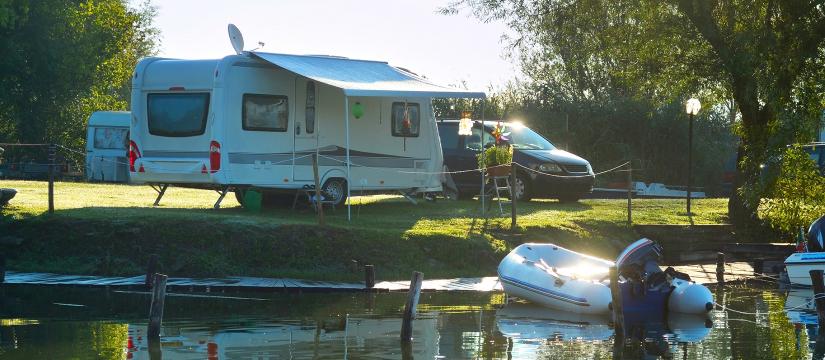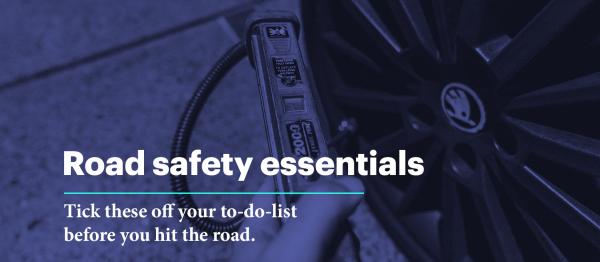This article was originally published in October 2020 and has been updated.
Share this story:
Safety is the responsibility of all road users. We breakdown some of the key rules you should be aware of to help you ride with confidence.
In a movement to address climate change and reduce the amount of pollution entering the atmosphere, it’s not uncommon to see major cities around the country become more bicycle friendly. But as the number of cyclists in Australia increases, so does the risk of mishaps on the road.
Bike riders can often make simple mistakes because they may not be aware of the actual road rules that apply to them as cyclists. So, if you enjoy pushing your two-wheeler around, here’s what you need to know about bike riding laws to help you stay safe on your bike.
The importance of a bike helmet should not be underestimated. In a meta-analysis of 55 studies between 1989-2017 on the effects of bike helmets on serious head injuries among cyclists, the use of bicycle helmets was found to reduce traumatic brain injury by 53%, and serious head injury by 60%.
Thankfully, all states in Australia recognise this importance. No matter where you live in Australia, if you ride a bicycle, you must wear a helmet. (Although in the Northern Territory, it is only mandated for riders under 17 and encouraged for anyone older). The penalty for not wearing a helmet while riding can result in a fine. So buckle up and protect your head the next time you hop on your bike.
The rules on cycling on a footpath vary state to state. In New South Wales, you can only ride on a footpath if you’re under 16 years old, or you’re an adult supervising a rider under 16 years old. Otherwise, you must instead use the road or dedicated bicycle lane. It’s a similar rule in Victoria, but the age is 13.
Tasmania (TAS) Queensland (QLD), South Australia (SA), the Northern Territory (NT), Western Australia (WA) and the Australian Capital Territory (ACT) all allow cyclists to use the footpath. You just need to keep left and give way to all pedestrians.
Riding two abreast refers to two cyclists travelling side by side, so long as they’re no more than 1.5 metres apart. While some drivers are frustrated by cyclists riding side-by-side (for slowing down traffic), but it is legal in all Australian states and territories.
To stay safe at night and be visible to other road users, all states and territories have rules that require cyclists to display a white light at the front of their bike, and a red light at the back. These lights need to be visible for at least 200 metres and can be flashing or steady.
Just like there are consequences for motorists who break the road rules, there are fines and penalties that apply to cyclists who do the wrong thing too. Things like failing to keep to the far left of the road, overtaking when it’s not safe to do so, or failing to display lights in hazardous or night-time conditions, carry some significant fines.
Our list is just a small summary of some of the important rules you should be aware of while cycling in your state or territory. To find out more about what rules apply and where, check out the directory below:
| State/Territory | Website |
| New South Wales | Transport NSW |
| Queensland | Queensland Government |
| Northern Territory | NT.gov.au |
| Western Australia | WA.gov.au |
| Victoria | Transport Victoria |
| South Australia | SA.gov.au |
| Tasmania | Transport Services Tasmania |
| Australian Capital Territory | ACT City Services |
All content on the NRMA Insurance Blog is intended to be general in nature and does not constitute and is not intended to be professional advice.


